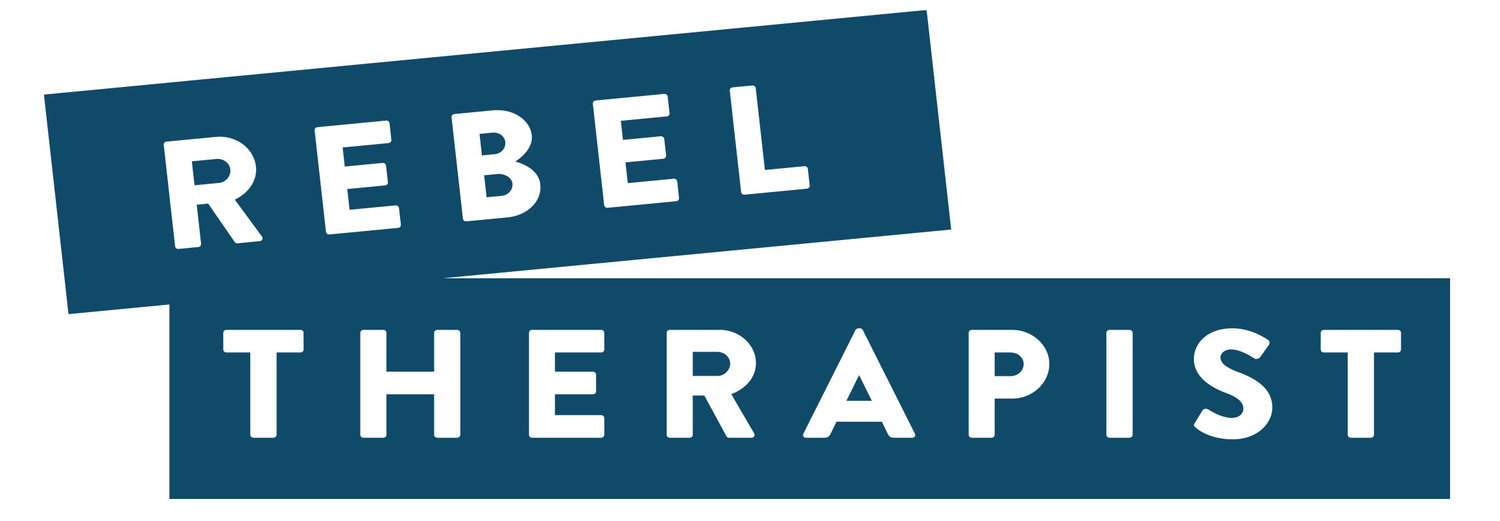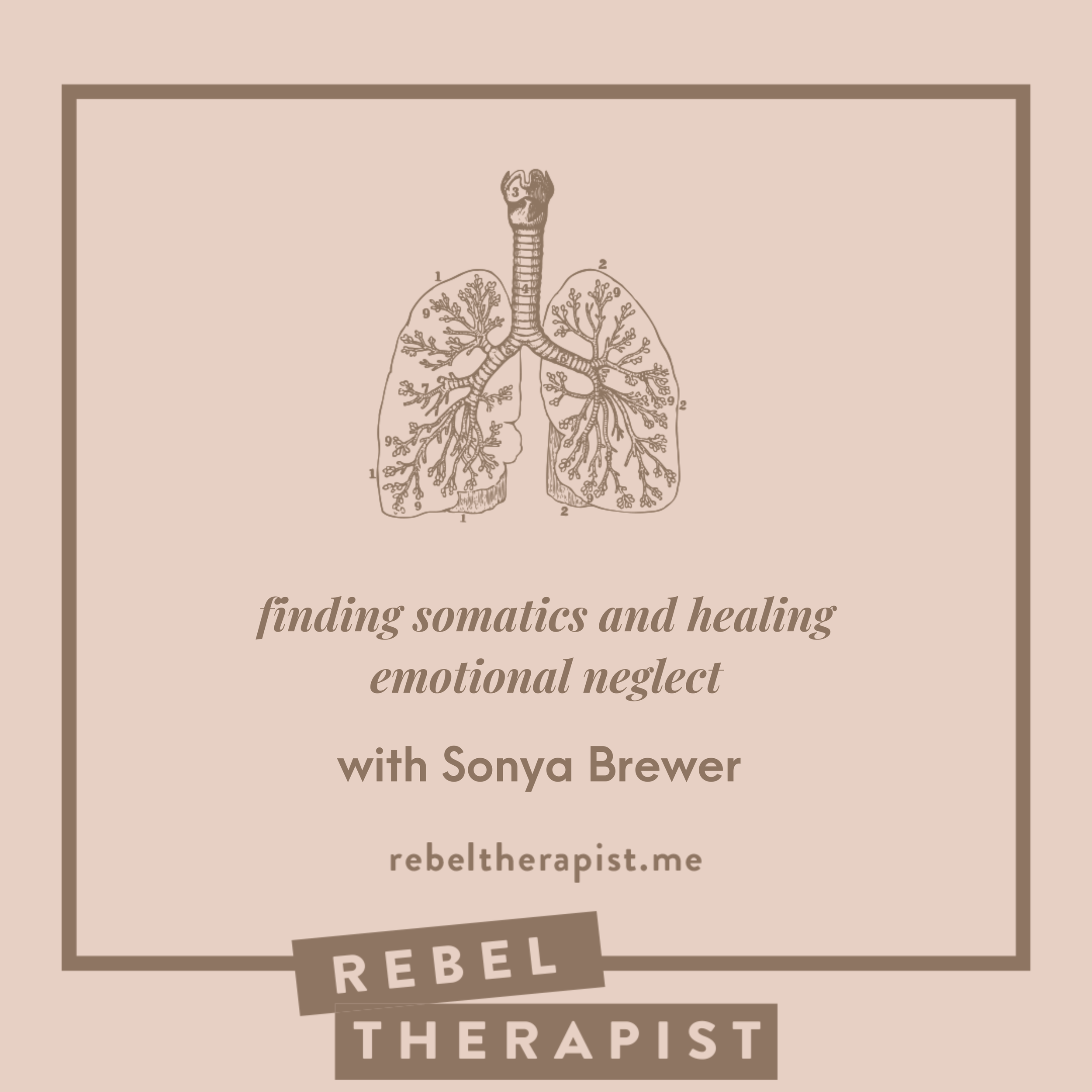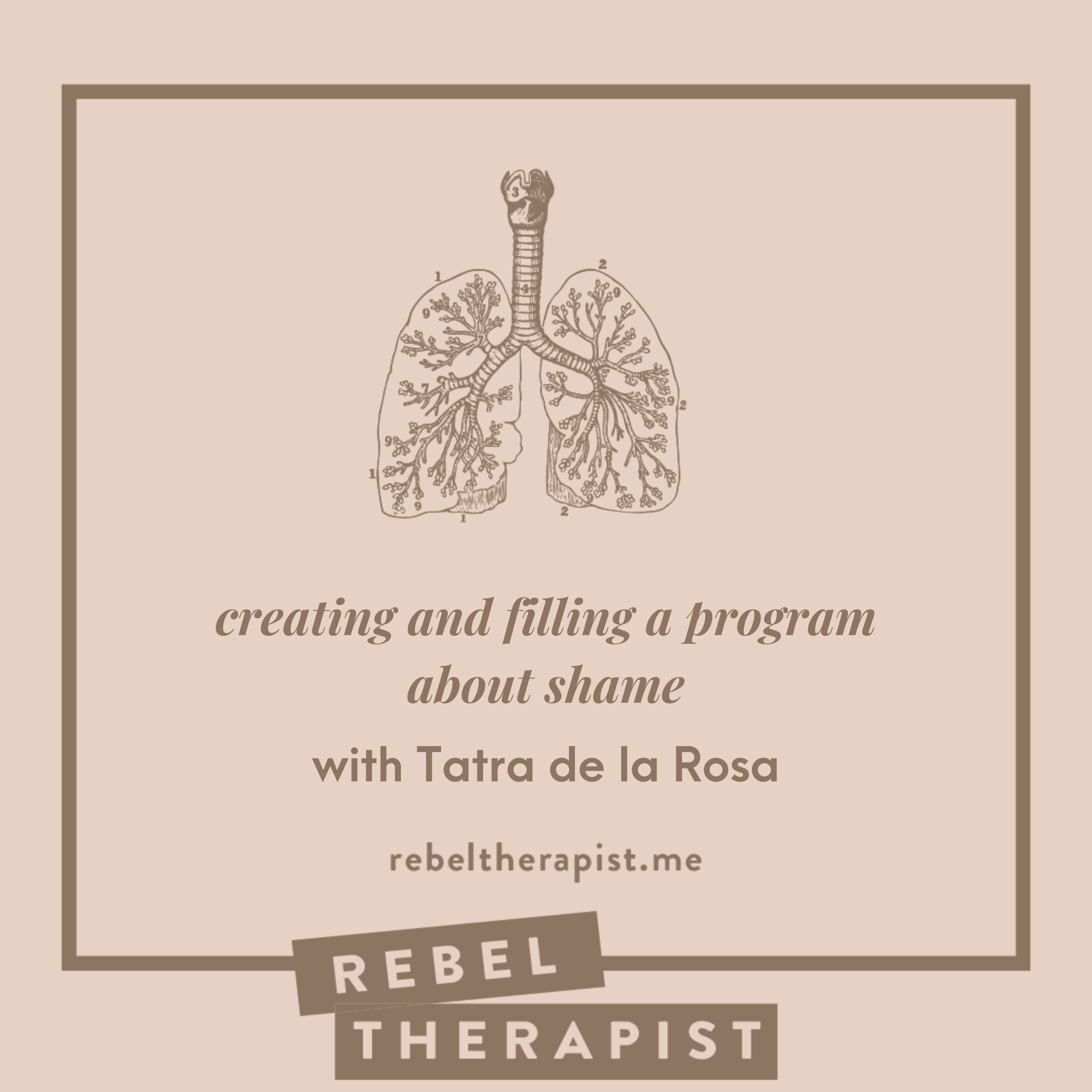My guest today went through a huge personal transformation when she learned Internal Family Systems, or IFS. For example, the ways that she was incredibly productive and excelled at pretty much everything? For the first time in her life, that was not as celebrated. In fact it was something she was encouraged to stop doing.
Estrangement And Authenticity with Annie Schuessler-Zam
Finding Somatics And Healing Emotional Neglect With Sonya Brewer
Sonya Brewer is a trauma specialist and relationship expert who specializes in creative life and relationship design for overachieving trauma survivors and their partners. She helps trauma survivors feel more alive, connected and authentic so they can create the lives and relationships they truly want.
It Wasn’t Only Back Pain: How Helen Found Somatic Experiencing And IFS
You’re going to hear some courageous and vulnerable stuff right now. My guest today is a therapist who uses two methods to help her clients heal trauma. Her own healing journey started in an unexpected way.
Helen Beynon is a somatic therapist and IFS-informed practitioner. She loves working with folks to transform trauma and build their capacity to navigate a tumultuous world.
Healing Childhood Trauma And Finding Her Super Gay Self with Samantha Fox
Today’s guest shares deeply and vulnerably how she’s done her own healing through big stuff, including childhood sexual abuse, realizing she’s a lesbian while married to a man, and the death of her father. You’ll hear about the beautiful process she guides people through, why she took a sabbatical recently, and why she’s working with a shaman now.
Meet Samantha Fox.
How Grief Changed Her Path (IFS, Brainspotting & Energy Healing) with Jaclyn Tyson
I’m SO excited to introduce Jaclyn Tyson, a therapist and spiritual companion who helps people reconnect with their inner wisdom through spirituality, creativity, and healing practices. She weaves together approaches like Brainspotting, parts work, energy healing, and expressive arts to support personal and collective transformation.
In our conversation, you’ll hear about how she uses these modalities with her clients AND how they’re central to her own growth and healing.
A Program For People With Ancestral Ties To The Nazi Regime with Iris Brilliant and Justine Epstein
Create Content That Builds Your Audience
A Group Process For Ancestral Healing | Judy Hu
Real Advice About Creating Your Own Program: An Open Coaching Call
Creating and Filling A Program About Shame | Tatra De La Rosa
Got shame? When shame shows up, it’s overwhelming and contagious. My guest has created a process to help therapists transform shame with their clients.
You’re about to hear how she created her program, how her process works, and how she transformed her own shame in the process of building her business.
Returning To Your Program After Time Away | Kate Ahl
Visibility And Vulnerability With José Aleman
Pivoting to work beyond private practice usually means getting more visible. And getting more visible can bring up a lot of vulnerability for people, especially people who are therapists.
Today’s guest is putting himself out there in new ways, and finding that while he grows his audience, he also finds there’s a way it is contributing to his own healing.
Create Your Program AND Write Your Book | Dr. Christen Mullane
When you create a program you get to take your best ideas, turn them into a clear process, AND help a group of people in real time. You get feedback and make adjustments along the way so that your process gets even better.
Then you write your book knowing that you’re writing something that really helps people.
Both your program and your book allow you to help more people and get known for your work.
Numbers to track and ignore
We’re out of balance with how much of our brain energy we give to certain numbers.
Like when this happens in my brain:
“How many likes did I get for that post?”
A few minutes later…”How about now?”
Not useful.
I want the numbers I track and encourage my clients and listeners to track to be highly meaningful and helpful in making real business decisions.
A Program About Women’s Desire | Dr. Jenn Kennedy
How To Get Ready For A Project That Matters
Creating The Program You Needed
I take therapists and healers through a process to create their own courses and programs. That’s my whole job.
When I recently got inspired to create a program that’s totally about healing and personal growth I took myself through my own process.
I want to share that experience with you as a case study.





















